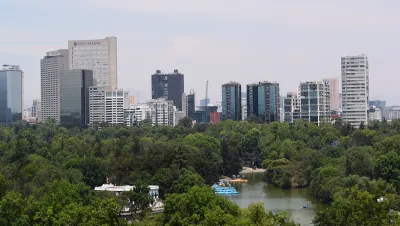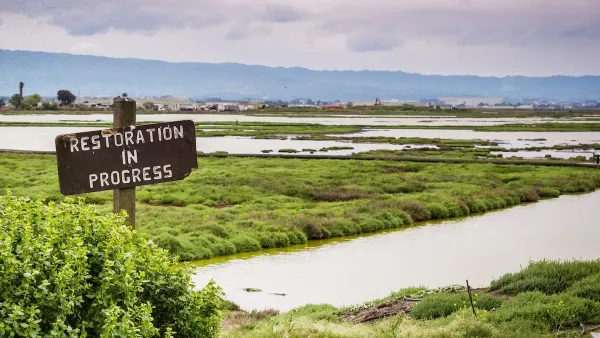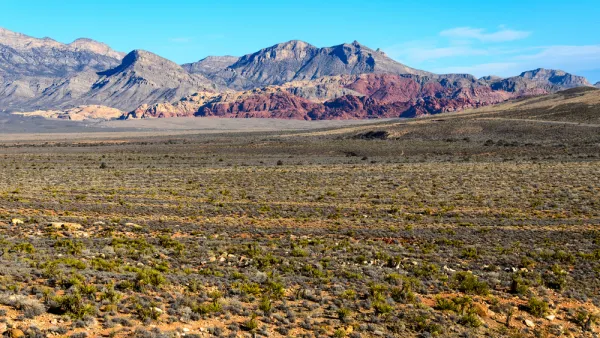Part literature review, part political appeal, this article makes the case for rethinking the concept of what makes plants native—especially in the face of climate change.

Erle C. Ellis writes of the scientific approach to conserving biodiversity as the footprint of human settlement spreads across the planet—an approach that requires several breaks from the status quo.
First Erle argues that cities are the most important location for the fight to conserve biodiversity: "As climate change, land use, pollution, and other anthropogenic forces displace wildlife from their historical habitats, urbanizing landscapes are increasingly where the conservation action is — and needs to be."
Then Earle sets about debunking a widely held assumption about the kinds of plants that comprise urban biodiversity:
Nevertheless, a focus on native plantings as the key to biodiversity conservation in urban areas can create more problems than it can solve. To begin with, the concept of “native species” itself can be the problem.
With a bit more detail:
To define a spatial limit where a species is “native” — and where it is not — when climate is changing so rapidly may already be more of a problem than a solution.
Instead of turning the built environment into a kind of museum for biodiversity, Earle suggests instead that it's time to "embrace a dynamic vision of what it means to be native — to belong in a place — whether it is urban, agricultural, semi-natural or wild."
FULL STORY: Cultures of nature: What does it mean to be native in the city?

Analysis: Cybertruck Fatality Rate Far Exceeds That of Ford Pinto
The Tesla Cybertruck was recalled seven times last year.

National Parks Layoffs Will Cause Communities to Lose Billions
Thousands of essential park workers were laid off this week, just before the busy spring break season.

Retro-silient?: America’s First “Eco-burb,” The Woodlands Turns 50
A master-planned community north of Houston offers lessons on green infrastructure and resilient design, but falls short of its founder’s lofty affordability and walkability goals.

Test News Post 1
This is a summary

Analysis: Cybertruck Fatality Rate Far Exceeds That of Ford Pinto
The Tesla Cybertruck was recalled seven times last year.

Test News Headline 46
Test for the image on the front page.
Urban Design for Planners 1: Software Tools
This six-course series explores essential urban design concepts using open source software and equips planners with the tools they need to participate fully in the urban design process.
Planning for Universal Design
Learn the tools for implementing Universal Design in planning regulations.
EMC Planning Group, Inc.
Planetizen
Planetizen
Mpact (formerly Rail~Volution)
Great Falls Development Authority, Inc.
HUDs Office of Policy Development and Research
NYU Wagner Graduate School of Public Service




























